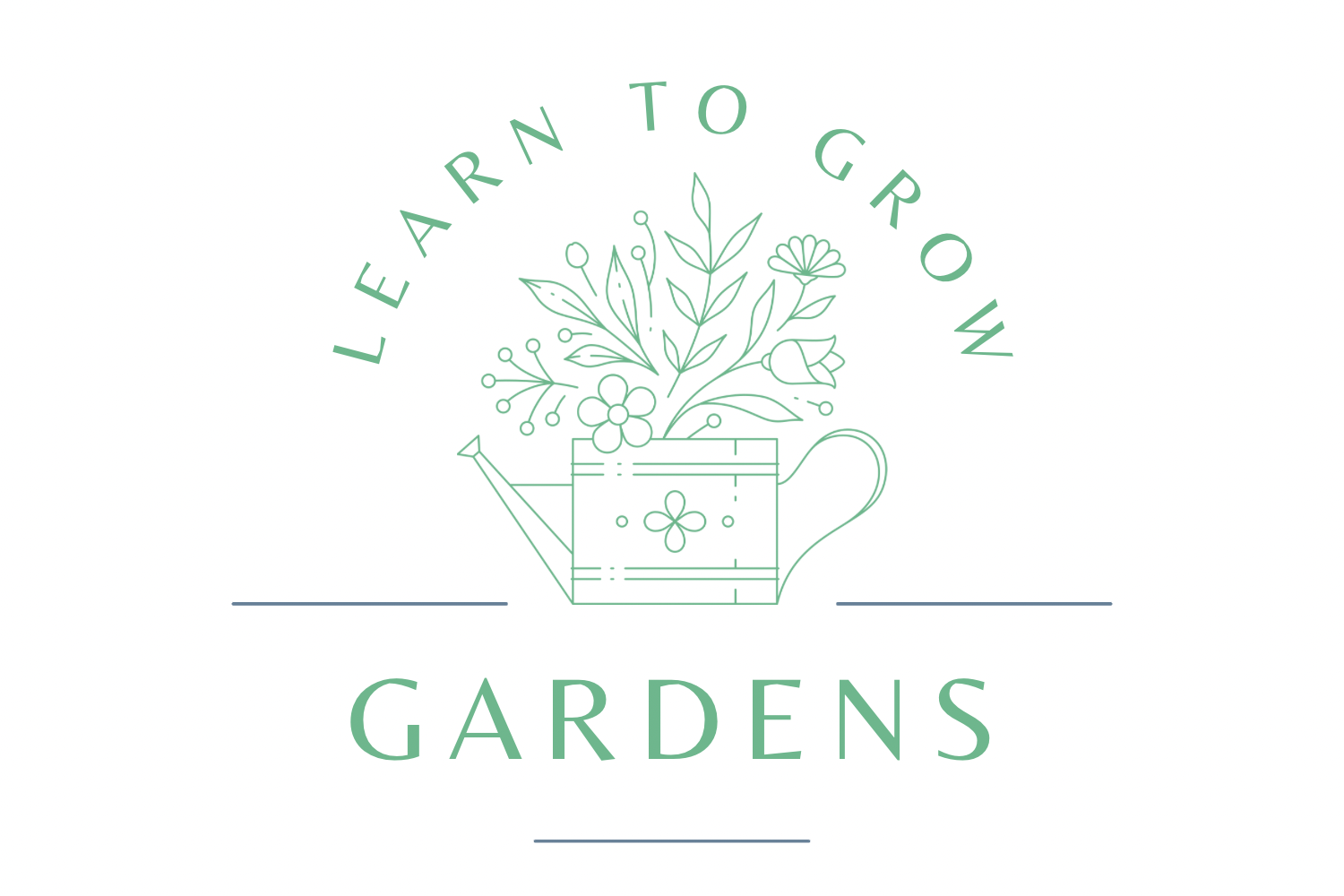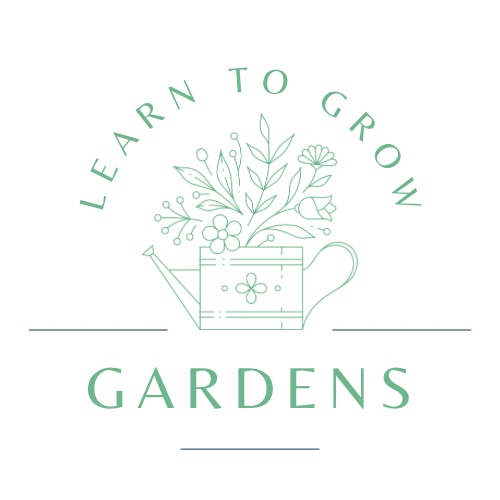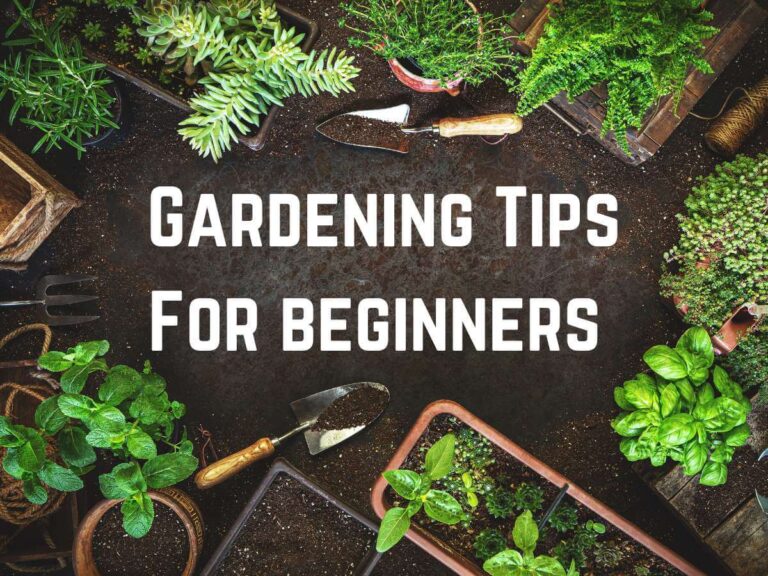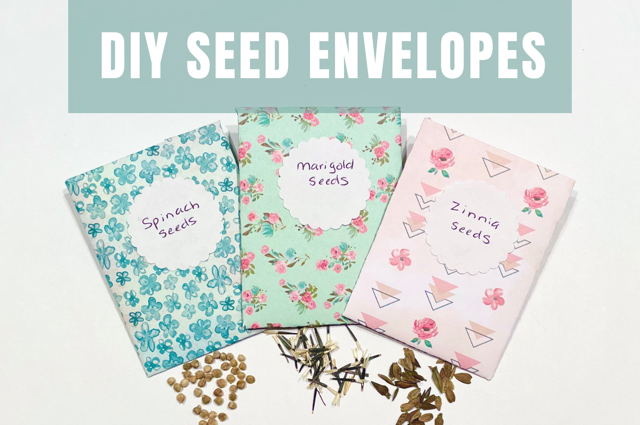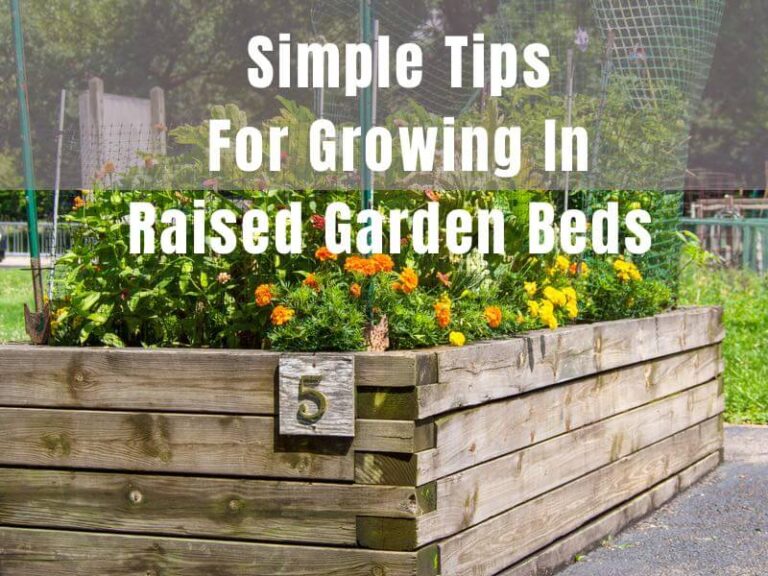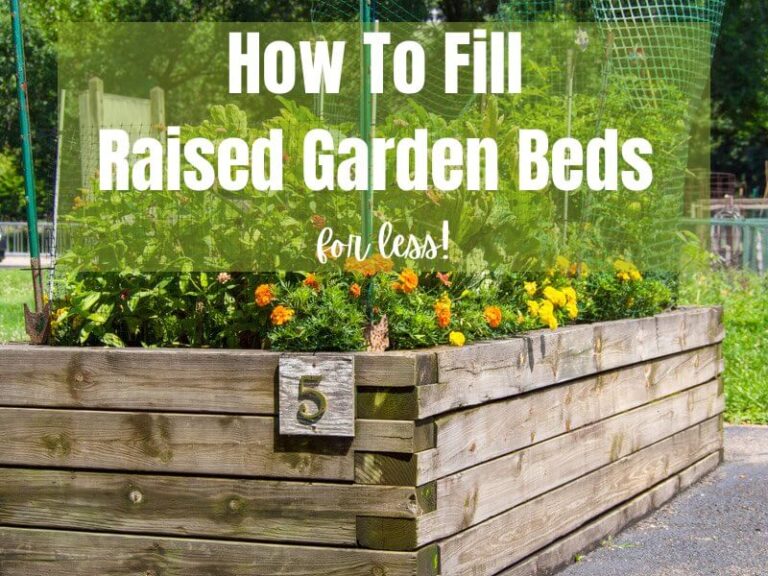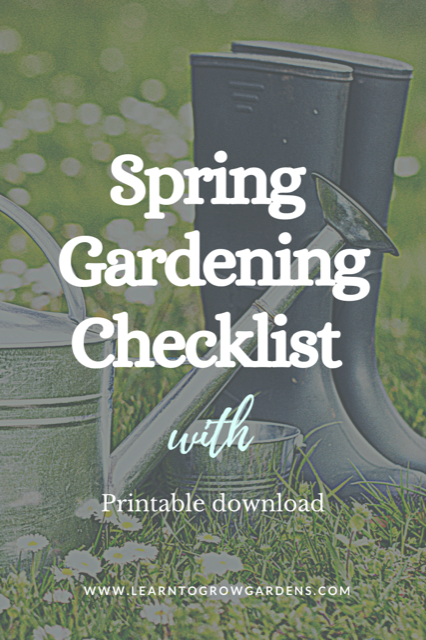
April is a great time for gardeners. The weather has finally warmed up enough to spend hours in the vegetable garden, cleaning up from winter and preparing for a busy season ahead. Flowers are blooming, the earliest vegetables are going in and there’s an excitement in the air!
In this article, I’ll be sharing with you several April garden chores to do this month. You may need to adjust these based on your garden zone and last average frost date. You can find your garden zone HERE and your last frost date HERE.
In my mind and in my gardens, April gardening also means spring clean up, along with the tasks listed below. If you’re interested in the spring clean up list, you can find that HERE.
Let’s get to it!
April Garden To Do List:

Transplant Seedlings:
Transplant seedlings started indoors into your garden beds, as the weather allows. Be sure to properly harden off your seedlings before planting time (“hardening off” refers to the process of acclimating seedlings to outdoor temps and weather before moving them permanently outside.)
Space plants according to their specific requirements and provide adequate support for tall or vining varieties at transplanting time. Keep frost sensitive varieties under a row cover, or keep indoors until after your last frost date.
Direct Sow Seeds:
With the threat of frost diminishing, it’s time to direct sow seeds in the garden. If your last frost date is still several weeks out, you can direct sow cool season crops, such as lettuces, radishes, carrots and beets. Once your last frost date has passed, it’s safe to direct sow warm season seeds like corn, beans, cucumbers and squashes.
Mulch Garden Beds:
Apply a layer of organic mulch to garden beds to conserve moisture, suppress weeds, and regulate soil temperature. Mulch also improves soil structure as it breaks down over time and give the garden a neat and tidy look.
Monitor for Pests and Diseases:
Keep a close eye on plants for signs of pests or diseases and take proactive measures to address any issues. Consider using organic pest control methods such as hand-picking pests, spraying with neem oil, or introducing beneficial insects and companion plants.

Fertilize and Feed Plants:
As plants begin active growth, consider applying a balanced fertilizer to provide essential nutrients. Follow package instructions for application rates and timing and be sure to water thoroughly after fertilizing to help nutrients reach the roots.
For more info about organic fertilizers, be sure to read our post about the pros and cons of organic fertilizers, along with a printable guide on how to use them.

Support Climbing Plants:
Install supports such as trellises, stakes, or cages for climbing plants like tomatoes, cucumbers, and pole beans. Proper support helps prevent sprawling and keeps plants off the ground, reducing the risk of disease and making harvesting easier. Install supports before or at planting time, to avoid harming larger, mature plants during installation.
Protect Plants from Frost:
As spring temperatures fluctuate, it’s crucial to safeguard your garden from unexpected frost. Cover delicate plants with garden fabric or old sheets, use mulch to insulate roots and bring potted plants indoors during cold snaps.
Harvest Early Crops:
Begin harvesting early crops such as lettuce, spinach, radishes, and peas as they reach maturity. Harvest regularly to encourage continued production and prevent plants from bolting or becoming overripe.

April is a busy time in the garden as the weather is finally warm enough for hours spent in the garden, cleaning up after winter and prepping for the season ahead. By staying on top of these April garden tasks, you’ll set the stage for a productive and thriving garden in the months to come.
You can find our spring gardening checklist HERE.
